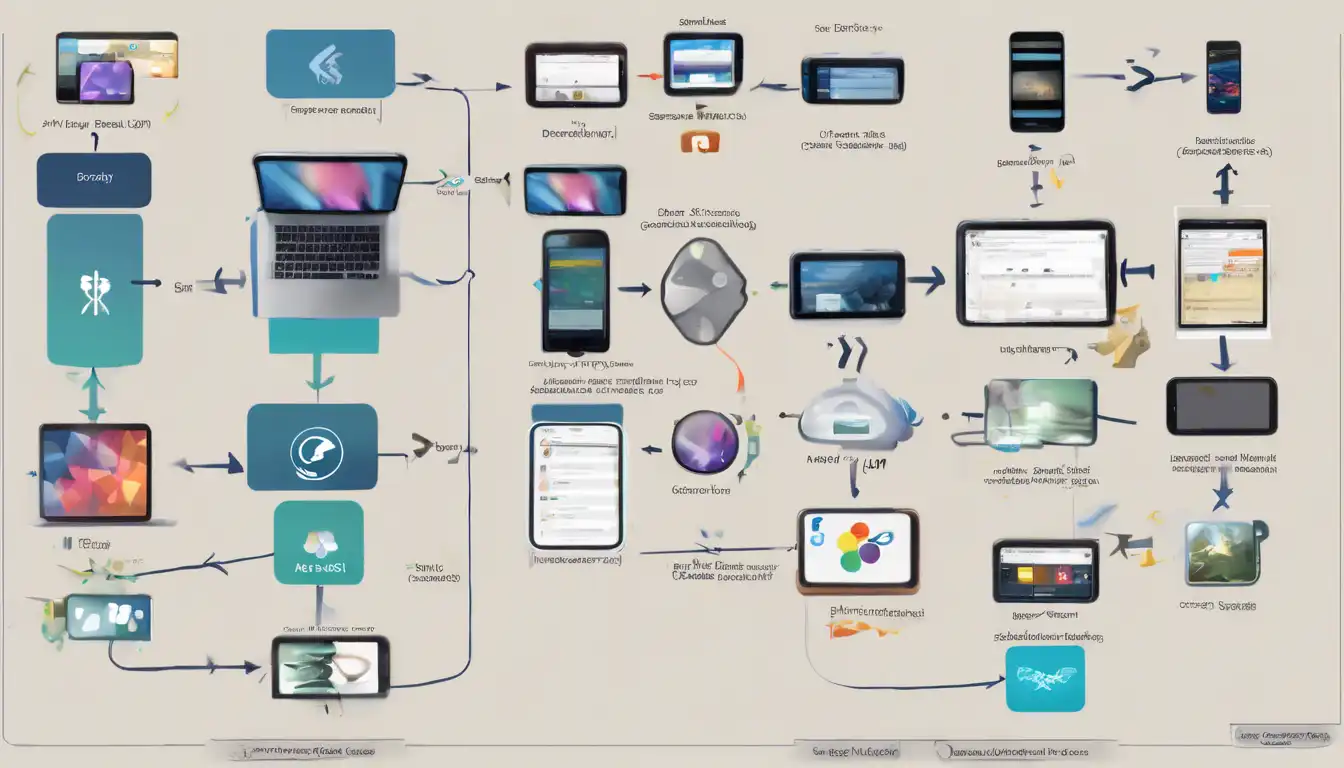Introduction to Cross-Platform Mobile Development
In today's fast-paced digital world, the demand for mobile applications is skyrocketing. Businesses and developers are constantly seeking efficient ways to reach users across multiple platforms without the need to develop separate apps for each. This is where cross-platform mobile development tools come into play, offering a cost-effective and time-saving solution.
Why Choose Cross-Platform Development?
Cross-platform development allows developers to write code once and deploy it across multiple platforms, such as iOS and Android. This not only reduces development time and costs but also ensures a consistent user experience across all devices.
Top Cross-Platform Mobile Development Tools Compared
Let's dive into some of the most popular cross-platform mobile development tools available today, comparing their features, pros, and cons.
1. Flutter
Developed by Google, Flutter is an open-source UI software development kit that enables developers to create natively compiled applications for mobile, web, and desktop from a single codebase. Its hot reload feature allows for quick iterations, making it a favorite among developers.
2. React Native
Created by Facebook, React Native is another popular framework that allows developers to build mobile apps using JavaScript and React. It offers a rich set of components and APIs, enabling the development of high-performance apps with a native look and feel.
3. Xamarin
Owned by Microsoft, Xamarin is a .NET-based framework that enables developers to build apps for Android, iOS, and Windows with a single shared .NET codebase. It provides access to platform-specific APIs and tools, ensuring high performance and native user experience.
4. Ionic
Ionic is an open-source framework that focuses on the front-end user experience. It allows developers to build cross-platform mobile apps using web technologies like HTML, CSS, and JavaScript. Ionic is known for its extensive library of mobile-optimized UI components.
Choosing the Right Tool for Your Project
Selecting the right cross-platform development tool depends on various factors, including project requirements, team expertise, and desired app performance. Here are some considerations to keep in mind:
- Performance: If your app requires high performance, consider Flutter or React Native.
- Development Speed: For rapid development, Ionic or Flutter might be the best choice.
- Community and Support: React Native and Flutter have large communities and extensive documentation.
Conclusion
Cross-platform mobile development tools have revolutionized the way apps are developed, offering a balance between performance, cost, and development time. Whether you choose Flutter, React Native, Xamarin, or Ionic, each tool has its unique strengths that can help bring your mobile app idea to life. Remember to evaluate your project needs carefully before making a decision.
For more insights on mobile development, check out our latest trends in mobile development.
